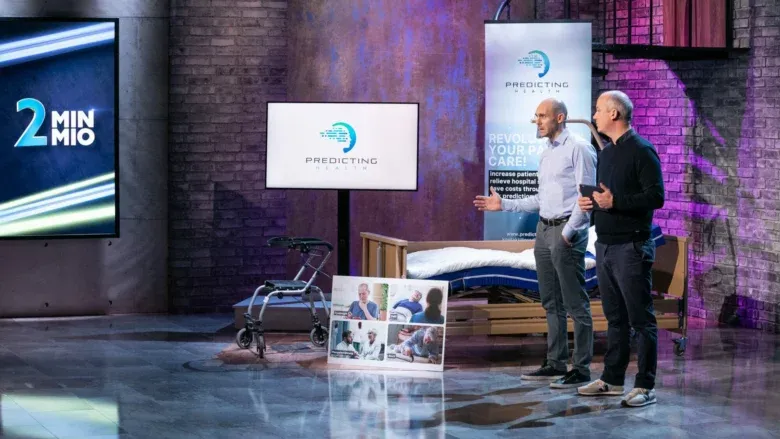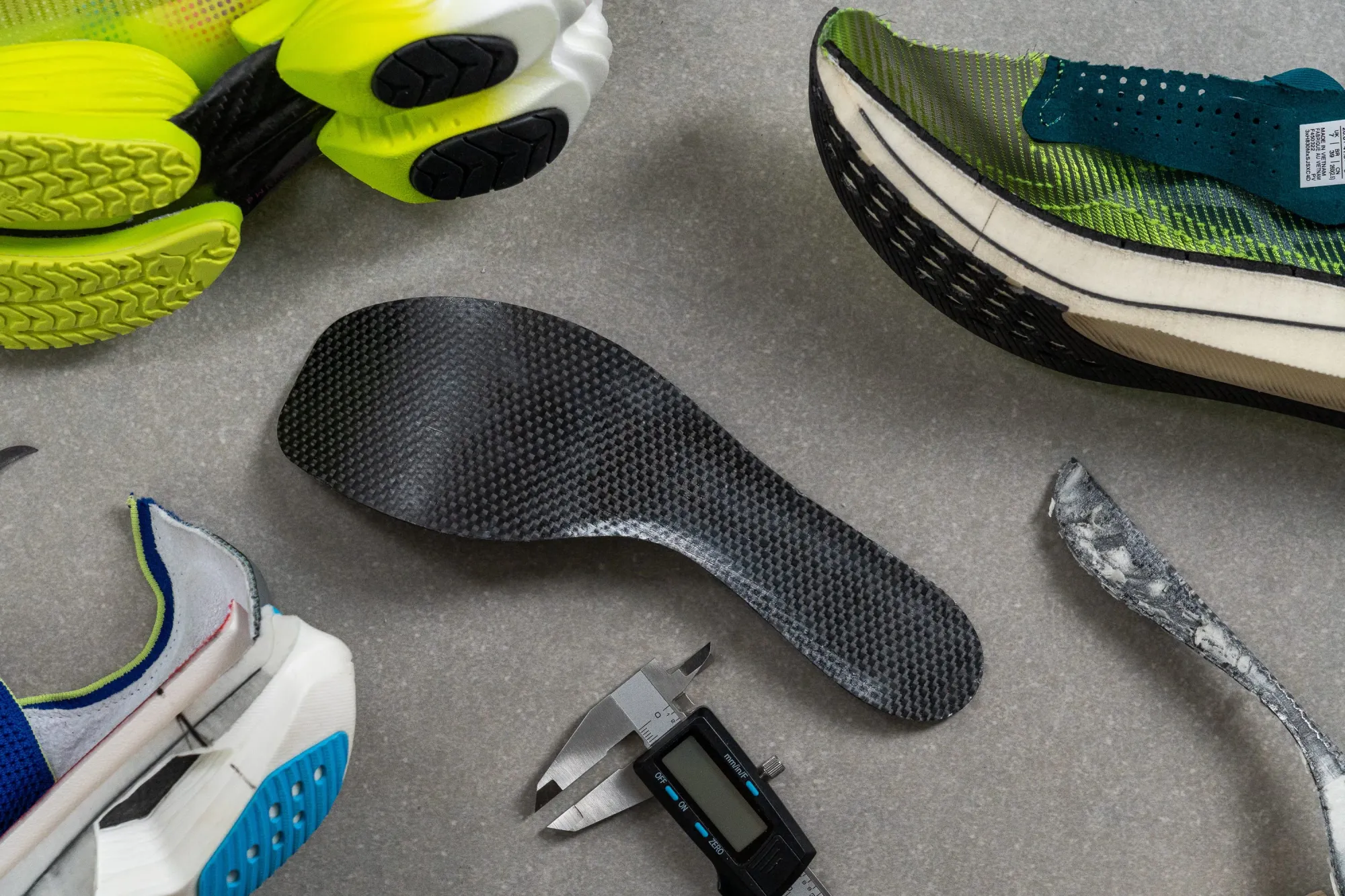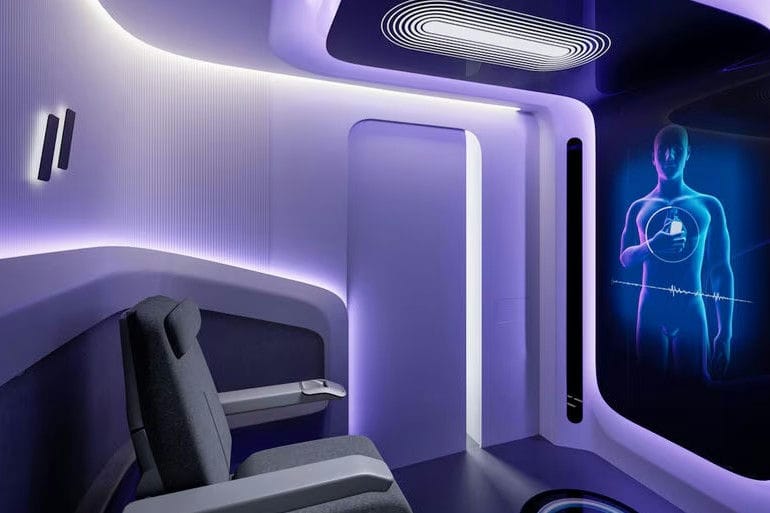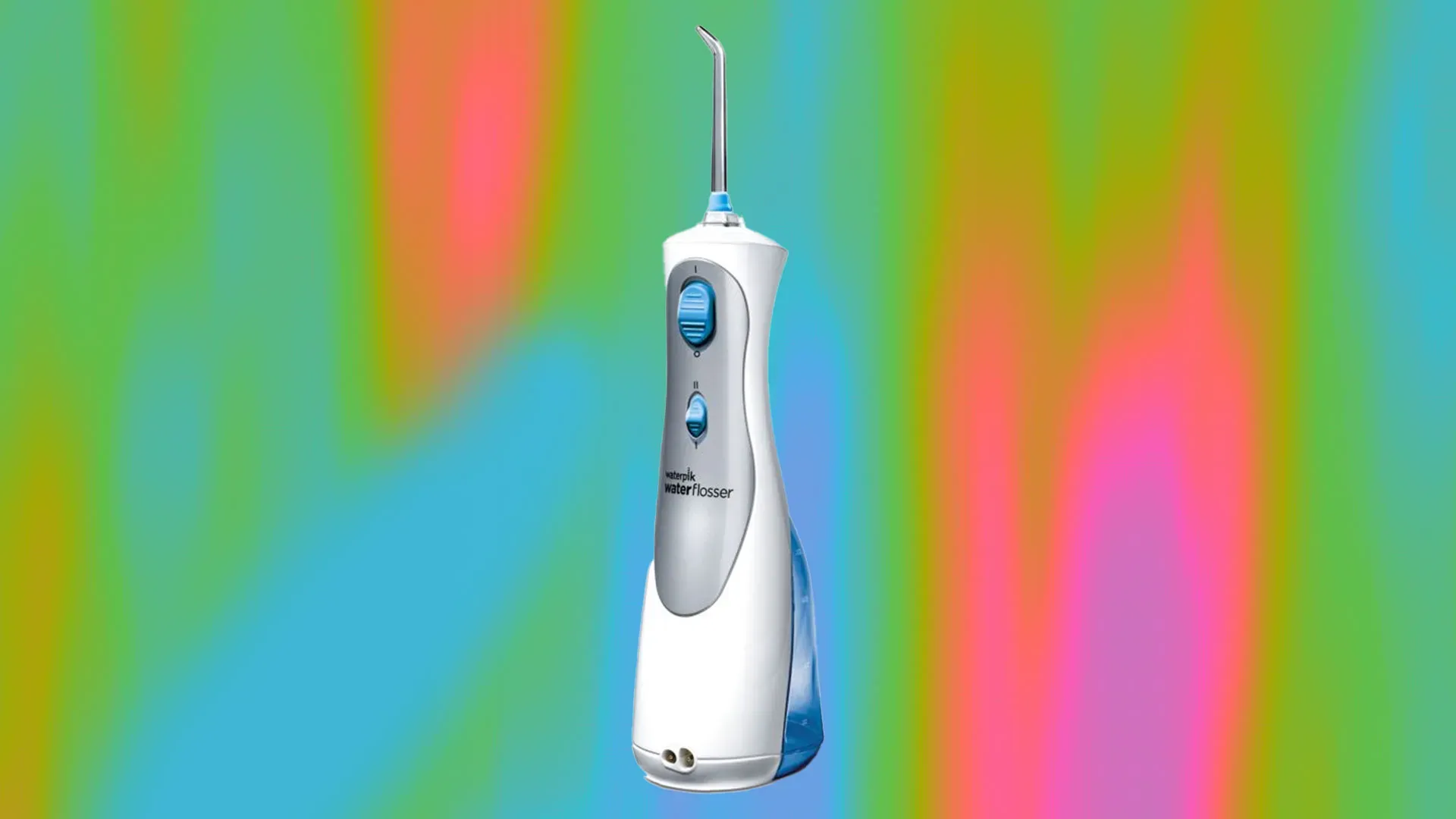Austrian Startup Predicting Health Uses AI to Help Hospitals Spot Patient Risks Early
A Graz-based HealthTech startup called Predicting Health has developed an AI-powered tool that helps hospitals detect patient risks early — before complications arise. The system, known as the Personalised Risk Tool (PRT), acts like a digital early warning system for conditions such as delirium, dysphagia, and fall risk, which often go unnoticed until it’s too late. By scanning electronic health records in real time and alerting staff to potential dangers, the tool aims to make hospital care safer, more proactive, and less reactive.
Hospitals Are Overwhelmed — and That Comes with Risks
Modern hospitals are fast-paced environments, managing thousands of patients at any given time. Doctors and nurses work under pressure, balancing urgent tasks, patient care, and mountains of data. Even with the best training and intentions, it’s easy to miss subtle warning signs that a patient’s condition is about to worsen.
This is especially true for older patients or those with multiple health issues. They are at a higher risk of developing complications such as:
- Delirium: a sudden, severe confusion affecting up to 49% of hospitalized patients, often leading to longer stays, cognitive decline, and increased mortality.
- Dysphagia: difficulty swallowing, which affects 16–22% of patients at discharge and can lead to aspiration pneumonia if unnoticed.
- Falls: around one in three people over 65 will fall each year, with many experiencing serious injuries or even permanent loss of independence.
These risks are often preventable — but only if they’re detected in time.
Enter the Personalised Risk Tool (PRT)
Predicting Health’s solution is the Personalised Risk Tool (PRT) — an AI-based system that analyzes the massive amount of data hospitals already collect. This includes lab results, medication lists, vital signs, nursing notes, and more.
The PRT continuously scans these data points in the background. When it detects patterns associated with specific risks, it automatically alerts healthcare professionals. For example, if a patient is showing early signs of confusion, combined with certain medications and lab markers, the system might raise a delirium warning. Or if swallowing difficulties are likely based on the patient’s history and current symptoms, a dysphagia flag appears.
Think of it as a digital co-pilot: it doesn’t replace the clinical team’s judgment, but it gives them an extra set of eyes — focused on spotting hidden danger before it becomes an emergency.
Designed with Clinical Workflows in Mind
One of the standout features of Predicting Health’s tool is its usability. The alerts and risk scores aren’t buried in a dashboard or tucked away in complex graphs. Instead, they’re integrated into daily hospital workflows and presented in a simple, intuitive way.
For example, a nurse doing morning rounds might see a list of high-risk patients, each tagged with the specific risks and an explanation of what triggered the alert. A doctor reviewing a patient’s chart could quickly understand the reasoning behind a risk score and adjust care accordingly.
This kind of integration is essential. Hospital staff are already stretched thin, and any new tool has to support them — not slow them down.
Transparency Builds Trust
A common concern with AI in healthcare is the so-called "black box" problem: predictions come out, but no one knows exactly how or why. That’s not acceptable when people’s health is on the line.
Predicting Health tackles this issue by making its system transparent and explainable. Every risk assessment comes with a clear breakdown of which data points contributed to the alert. It also shows a timeline of the patient’s relevant health events, so clinicians can understand how a risk has evolved.
This not only builds trust with the medical team but also allows for better team-based decision making. Everyone can see the data, understand the logic, and decide what to do next — together.
Proven Value in Early Tests
While the PRT is still in the rollout phase, early tests in hospitals have shown very promising results. Hospitals using the system report faster identification of at-risk patients, leading to earlier interventions and better outcomes.
Here are a few real-world examples:
- Delirium Prevention: Nurses adjusted night routines to reduce disturbances, and doctors fine-tuned medications — all thanks to early risk alerts.
- Dysphagia Detection: Patients flagged early received speech therapy consultations before discharge, reducing the risk of aspiration.
- Fall Risk Management: Subtle indicators like medication changes or recent dizziness were picked up, prompting preventive measures like mobility aids or bed alarms.
In short, the tool helps staff catch things that might otherwise slip through the cracks — which can make all the difference.
Seeking Investment to Scale
Predicting Health now aims to bring its solution to more hospitals across Europe. To make that happen, the team is raising €350,000 in funding in exchange for 5% equity.
This funding will go toward further development, onboarding more hospitals, and expanding clinical validation. The team’s ultimate goal is to make this kind of predictive support a standard part of hospital care, not just a cutting-edge extra.
They also envision expanding the platform beyond inpatient care — into rehab, outpatient services, and even home monitoring. The idea is to create a continuous safety net that follows patients throughout their entire health journey.
A Clear Use Case for AI in Healthcare
There’s a lot of hype around AI in healthcare, but not all of it delivers. Predicting Health stands out because it focuses on a concrete, high-impact problem: unnoticed clinical risks that lead to preventable harm.
By combining medical knowledge with smart technology, and by focusing on transparency and clinical usability, they’ve created something that genuinely helps hospitals work smarter, not harder.
Final Thoughts: Helping Hospitals Stay One Step Ahead
At the heart of Predicting Health’s mission is a simple belief: no patient should suffer from a complication that could have been predicted and prevented. With their AI-powered risk detection tool, they’re turning that belief into action — and potentially transforming how hospitals manage care.
As healthcare systems continue to deal with aging populations, staffing shortages, and rising complexity, tools like this could become essential. Not to replace the human touch, but to enhance it — giving healthcare professionals the insights they need to protect their patients, every step of the way.













